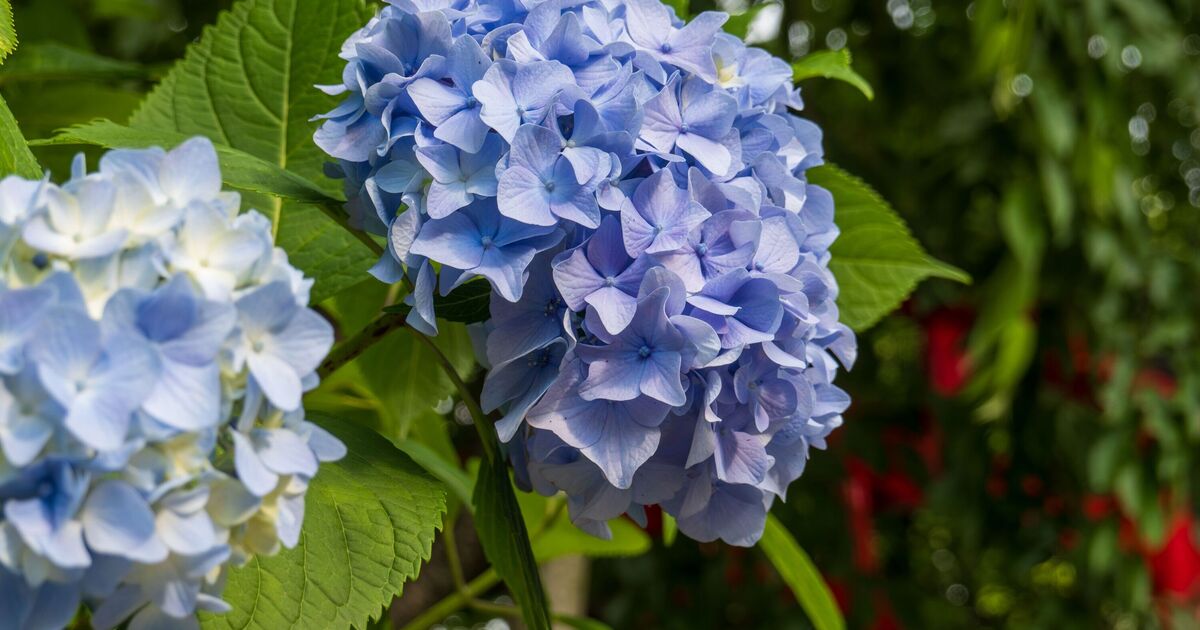Hydrangeas are the perfect low-maintenance plants that suit any garden. With a massive range of colours available, from deep blues to striking pinks, they don’t require a lot of care in order to thrive.
One of the best things about hydrangeas is that they bloom for months at a time, year after year. However, despite being low-fuss, they do need to be looked after – especially during the summer months. And according to plant expert Callum Maddock from HomeHow, there’s one mistake many hydrangea owners are making that can lead to nasty fungal infections.
How to care for hydrangeas
It’s common knowledge that plants need water and sunlight in order to survive. However, there is a wrong way to water your hydrangeas – and it could lead to big problems down the line.
Callum has issued a warning against watering hydrangea plants from the top, which might seem harmless, but it can cause huge damage to the plant.
He said: “It’s important to water your hydrangeas regularly, but avoid hitting the leaves as this can lead to fungal infections – aim your watering towards the base of the plant.”
How to know if your hydrangea needs watering
According to Callum, drooping leaves is a telltale sign that your hydrangea is in need of a drink. He said: “If a hydrangea begins to look wilted and dull, ensure that you water it immediately.”
However, if you’re noticing that the leaves are falling off, then it could be a different problem entirely.
Callum explained: “Leaves falling off and a lack of blooming indicate that the plant lacks food or their fertiliser is incorrect, so your feeding schedule should be adjusted accordingly.”
How to water hydrangeas
When watering hydrangeas, position your watering can or hose towards the base of the plant, rather than at the leaves.
It’s always best to water plants early in the morning to give the water the best chance of seeping into the soil. Doing this later in the day can lead to evaporation, which will dry your hydrangea out.
However, be careful not to overwater. One key sign that this has happened is leaves turning yellow or brown, so make sure the roots aren’t waterlogged, especially if your plant is in a container.

